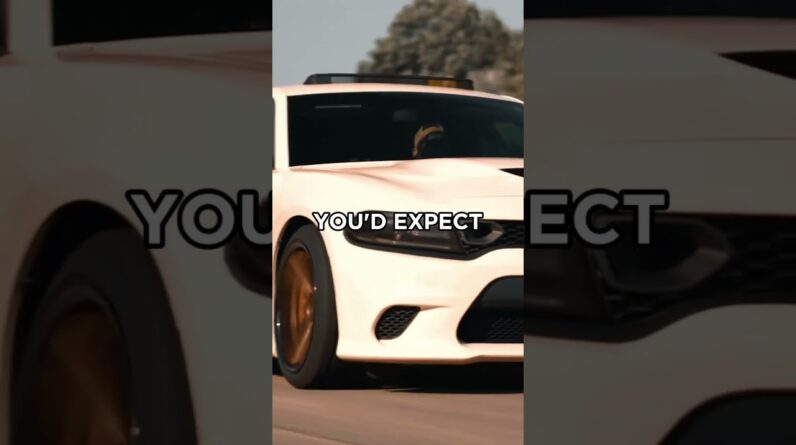Frequent interactions with Oliver Blume, the CEO of Porsche, often revolve around the question of when we can expect another remarkable hypercar from the renowned automaker. In the past, Blume would respond to such inquiries with variations of “not until at least the middle of the decade.” However, his most recent statement in April of this year pushes the anticipated release toward the end of the decade. Blume, along with the Head of Research and Development, Michael Steiner, explains that the current battery technology lacks the capability to meet the demanding requirements of a Porsche hypercar. Therefore, everyone will need to exercise patience and wait for the next generation of advanced cells, expected to arrive in four or five years.
Let’s be clear: the Porsche Mission X concept car showcased here is not the forthcoming Porsche hypercar, nor is it currently planned for sale. Nevertheless, this battery-electric two-seater, equipped with an “ultra high-performance” powertrain, provides insightful indicators of what the future might hold.
In terms of appearance, the Mission X concept boasts a distinctive Rocket Metallic attire, adorned with satin carbon fiber accents. With dimensions measuring 177 inches in length and 78.7 inches in width, this concept fits within the same footprint as the iconic 2003 Carrera GT and the 2013 918 Spyder. The front features 20-inch wheels, while the rear flaunts 21-inchers, both contributing to the car’s impressive stature, standing at 47.2 inches in height. Given that this concept is part of Porsche’s 75th-anniversary celebration, it beautifully combines historical design cues with modern elements. Noteworthy examples include the illuminated Daytime Running Lights (DRLs), which reinterpret the signature four-point motif found on Porsche’s road cars. Simultaneously, the DRLs and the four LED main beams integrated into the lattice support structure pay homage to the stacked double headlights that graced legendary Le Mans racers like the 906 and 908. To access the cabin, passengers are welcomed by upward-swinging doors, reminiscent of top-class Le Mans prototypes from bygone eras. Once inside, they are greeted by a glass dome enveloping a carbon fiber reinforced plastic skeleton. Notably, the Mission X marks the debut of Porsche’s new crest.
Moving to the rear, the Mission X embodies a modern aesthetic. A horizontal lattice provides support for slim, intricate LED taillights, framing the floating, illuminated Porsche logo. When charging, the “E” in the logo pulsates in a mesmerizing white glow.
The interior of the Mission X concept is designed to exude a sense of speed and excitement, even at a glance. The carbon-backed seats, accompanied by six-point harnesses, seamlessly integrate into the chassis. Both seats feature Andalusia Brown lower sections, with the driver’s seat further distinguished by an upper portion in Kalahari Gray. Positioned behind the steering yoke, there are four paddles whose precise function remains uncertain, although it is reasonable to speculate that they control regenerative braking.
Porsche refers to the Mission X as a “reinterpretation of a hypercar,” although specific details regarding the drivetrain and power output have not been disclosed during its unveiling. However, Porsche does reveal that the battery is positioned behind the cockpit in a manner that mimics the dynamics of mid-engined vehicles, utilizing an “e-core” setup
. Should the street-legal version of this coupe enter production, Porsche aims for it to become the fastest road-legal vehicle to conquer the Nürburgring Nordschleife, boasting a power-to-weight ratio of approximately one horsepower per 2.2 pounds.
Regarding its competition, the Mission X sets its sights on the Mercedes-AMG One, the other Stuttgart-based hypercar manufacturer that currently holds the Nürburgring Nordschleife record with a time of 6:35.18. This time is approximately 22 seconds faster than the lap completed by the 918 Spyder, which was the first production car to break the seven-minute barrier.
When considering power-to-weight ratio, the Mission X aims for a metric horsepower measurement of approximately 0.986 horsepower per kilogram. To put this in perspective, the 918 Spyder weighed around 3,650 pounds or 1,656 kilograms. Given the weight of an electric hypercar like the Rimac Nevera, which tips the scales at about 5,070 pounds or 2,300 kilograms, we can speculate that the Mission X could range from 1,700 horsepower on the conservative end to as much as 2,300 horsepower.
While the GT3 RS manages to generate up to 860 kilograms (1,896 pounds) of downforce using a prominent rear wing and additional aerodynamic enhancements, the Mission X concept achieves impressive downforce figures through its cleverly concealed underbody aerodynamics, complementing its sleek glasshouse and upper surfaces.
Get More Great Car Videos – Subscribe: https://goo.gl/BSIaFc







